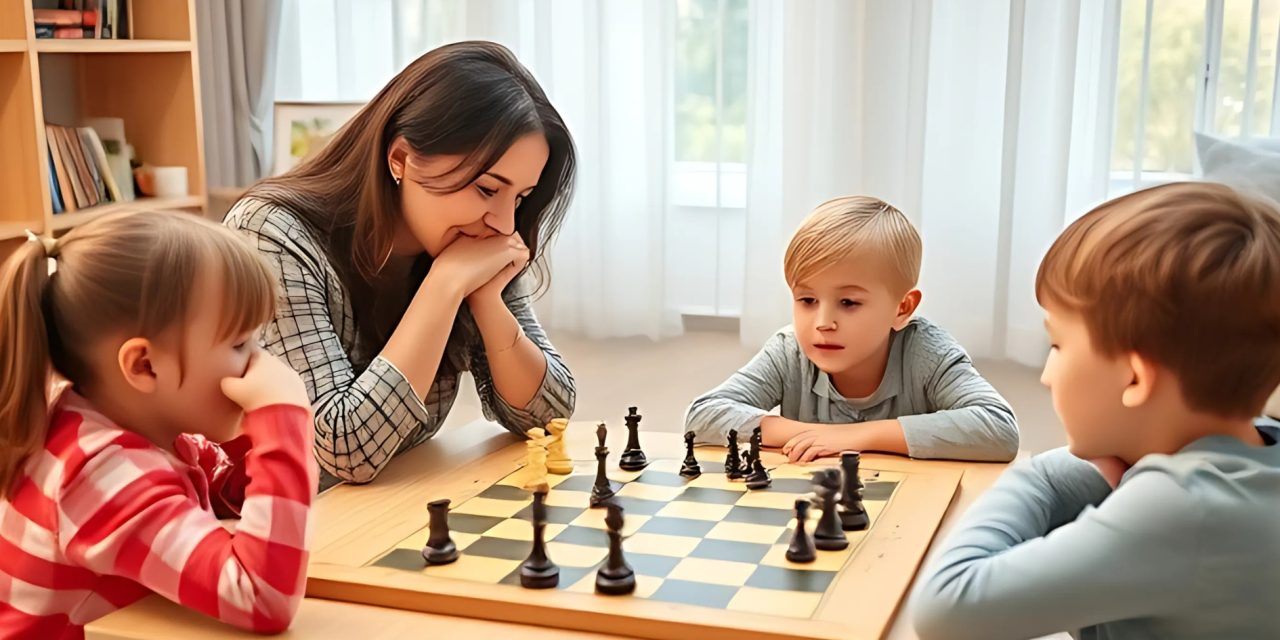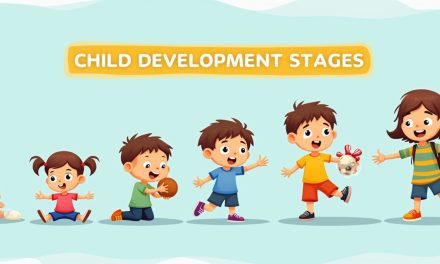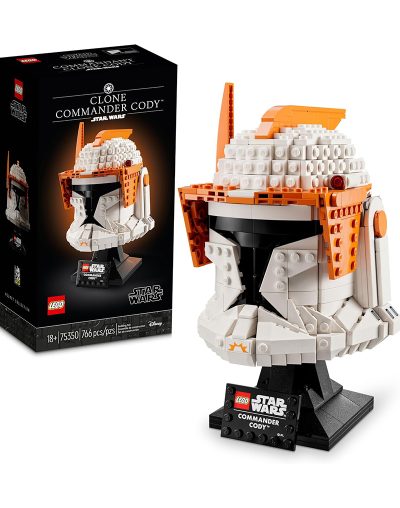Choosing the right educational game for your child can feel like shopping for the perfect pair of shoes—only a lot less glamorous and much more educational. But fear not, weary parents! It’s not about finding the flashiest game; it's about finding the one that fits just right.
By understanding your child’s learning style and knowing how to encourage them to engage, you’ll have a blast—while they learn and grow like never before. So buckle up, and let's dive into the world of educational games, where learning meets fun in the most delightful way!
Understanding Your Child's Learning Style
Every child has a unique way of learning, and selecting a game that matches their preferred style can significantly enhance their experience. Is your child a visual learner who thrives on pictures and colors? Or, do they prefer hands-on activities that engage their senses?
Some children learn best through listening, while others need to physically interact with their environment. Identifying these preferences helps in selecting games that will capture their attention and foster their development.
Considering Age-Appropriateness and Developmental Needs
An educational game should align with your child's age, cognitive abilities, and developmental milestones. Games that are too advanced may frustrate them, while those that are too simple can lead to boredom.
Look for games that challenge your child without overwhelming them. Similarly, ensure these games promote skills that match their current learning stage—whether it’s language development, problem-solving, or motor skills.
Encouraging Engagement and Motivation
It's not enough for a game to be educational; it also needs to be fun! A game that your child enjoys will naturally encourage them to play and, in turn, learn.
Consider the game's ability to motivate and keep your child engaged through rewards, progress tracking, and stimulating gameplay. Educational games with clear goals, achievements, and positive reinforcement can nurture their intrinsic motivation to learn and keep them coming back for more.
These three factors—learning style, developmental needs, and engagement—are the key ingredients for choosing a game that not only entertains but also enhances your child’s educational journey.
Conclusion
The right educational game is a perfect fit for your child’s learning style and needs, but the magic really happens when you get involved. By actively participating, setting goals, and cheering them on, you turn a game into a meaningful learning experience.
Encouragement and a little guidance can go a long way in keeping your child motivated and engaged. With your support, those educational games can transform into powerful tools for growth, learning, and fun.
Ready to discover the perfect educational game for your child? Visit Marvelus Kids for more expert tips, game recommendations, and helpful insights to make learning both fun and effective!









